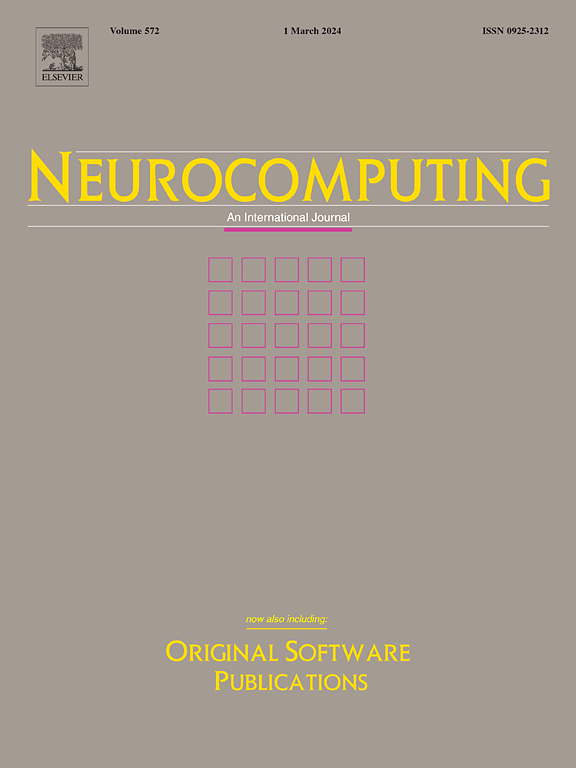Bias-variance decomposition knowledge distillation for medical image segmentation
IF 5.5
2区 计算机科学
Q1 COMPUTER SCIENCE, ARTIFICIAL INTELLIGENCE
引用次数: 0
Abstract
Knowledge distillation essentially maximizes the mutual information between teacher and student networks. Typically, a variational distribution is introduced to maximize the variational lower bound. However, the heteroscedastic noises derived from this distribution are often unstable, leading to unreliable data-uncertainty modeling. Our research identifies that bias-variance coupling in knowledge distillation causes this instability. We thus propose Bias-variance dEcomposition kNowledge dIstillatioN (BENIN) approach. Initially, we use bias-variance decomposition to decouple these components. Subsequently, we design a lightweight Feature Frequency Expectation Estimation Module (FF-EEM) to estimate the student's prediction expectation, which helps compute bias and variance. Variance learning measures data uncertainty in the teacher's prediction. A balance factor addresses the bias-variance dilemma. Lastly, the bias-variance decomposition distillation loss enables the student to learn valuable knowledge while reducing noise. Experiments on Synapse and Lits17 medical-image-segmentation datasets validate BENIN's effectiveness. FF-EEM also mitigates high-frequency noise from high mask rates, enhancing data-uncertainty estimation and visualization. Our code is available at https://github.com/duanzhongjian/BENIN.
知识提炼本质上是最大化教师和学生网络之间的相互信息。通常,为了最大化变异下限,会引入一个变异分布。然而,从该分布中得出的异方差噪声往往不稳定,从而导致不可靠的数据不确定性建模。我们的研究发现,知识蒸馏中的偏差-方差耦合导致了这种不稳定性。因此,我们提出了偏差-方差分解知识蒸馏(BENIN)方法。首先,我们使用偏差-方差分解来解耦这些组件。随后,我们设计了一个轻量级的特征频率期望估计模块(FF-EEM)来估计学生的预测期望,这有助于计算偏差和方差。方差学习测量教师预测中的数据不确定性。平衡因子可解决偏差-方差两难问题。最后,偏差-方差分解蒸馏损失能让学生学到有价值的知识,同时减少噪音。在 Synapse 和 Lits17 医学影像分割数据集上的实验验证了 BENIN 的有效性。FF-EEM 还能降低高掩码率带来的高频噪声,增强数据不确定性估计和可视化。我们的代码见 https://github.com/duanzhongjian/BENIN。
本文章由计算机程序翻译,如有差异,请以英文原文为准。
求助全文
约1分钟内获得全文
求助全文
来源期刊

Neurocomputing
工程技术-计算机:人工智能
CiteScore
13.10
自引率
10.00%
发文量
1382
审稿时长
70 days
期刊介绍:
Neurocomputing publishes articles describing recent fundamental contributions in the field of neurocomputing. Neurocomputing theory, practice and applications are the essential topics being covered.
 求助内容:
求助内容: 应助结果提醒方式:
应助结果提醒方式:


